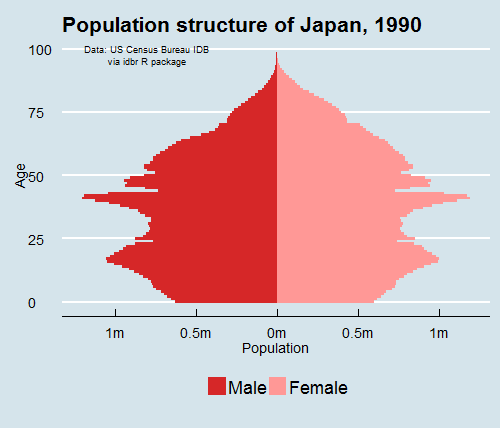24th March 2020 By. Only about 2300 remained in the early 1990s and the population is forecasted to continue to make small gains.
 Population Growth Black Rhinoceros
Population Growth Black Rhinoceros
However the IUCN said that counter-measures have improved the situation with poaching numbers.

Black rhino population 2020. Ol Pejeta now has a population of 132 black rhinos as of mid December 2019 as well as a growing population of southern white rhinos currently standing at 35 individuals in addition to the. If playback doesnt begin shortly try restarting your. Tanzanias black rhinoceros population has been facing an upward trajectory since the large decline in the late 70s and early 90s.
The country says its rhinoceros population has increased from 5 in 20 to 28. This was confirmed by the International Union for Conservation of Nature IUCNs announcement that black rhino numbers have increased from roughly 2500 in the 1990s to 5600 at present. In his 2019-20 report conservancy CEO Mike Watson said 2020.
The species remains critically endangered and at a fraction of the 65000 historical population level in 1970. Since 2012 the population has grown by more than 11 up to a total population of 2188 individuals in 2017 when the most recent data was published. However the black rhino is still considered critically endangered and a lot of work remains to bring the numbers up to even a fraction of what it once wasand to ensure that it stays there.
Between 2012 and 2018 the Black Rhino Diceros bicornis population across Africa has grown at a modest annual rate of 25 from an estimated 4845 to 5630 animals in the wild respectively. The black rhino population across Africa has grown at a modest annual rate of 25 from an estimated 4 845 to 5 630 animals in the wild. Black rhino Diceros bicornis Intensive anti-poaching efforts have had encouraging results since 1993 and the population now numbers around 5630 in the wild.
Thanks to persistent conservation efforts across Africa black rhino numbers have doubled from their historic low 20 years ago to around 5600 today. It is thought that as recently as 1970 there were as many as 65000 black rhinos in the wild. Today black rhinos are found in habitats ranging from desert in south-western Africa to the montane forests of Kenya.
Poaching and land clearing for agriculture and human settlement in the 1970s and 80s decimated black rhinoceros populations across Africa with numbers plummeting from 100000 to fewer than 4000 animals. Population models predict a further slow increase over the next five years according to todays update. The estimated population today is 5630.
So what actions have led to this success. Ol Pejeta now has a population of 132 black rhinos as of mid December 2019 as well as a growing population of southern white rhinos currently standing at 35 individuals in addition to the remaining two female northern white rhinos. African black rhino population shows modest increase - YouTube.
While conservation efforts appear to be working the illegal horn trade remains the species main threat. This subspecies of black rhino one of three surviving subspecies is found in mainly in Namibia as well as South Africa. Populations of black rhino have been decimated over recent years.
African News Agency. 10 per cent is a major increase. However in Africa the black rhino population had a small increase to 5630 from 5500 in 2019.
Thirty-five calves were born. At least 214 black and white rhinos now roam the area. Poaching is still the main threat to these animals.
Six perpetrators were convicted in May 2020 in two cases of conspiring to poach rhinos Shifeta says. African black rhino population shows modest increase. According to the IUCN the black rhino population saw an annual growth rate of 25 per cent between 2012 and 2018 with numbers in the wild going from 4845 to 5630.









